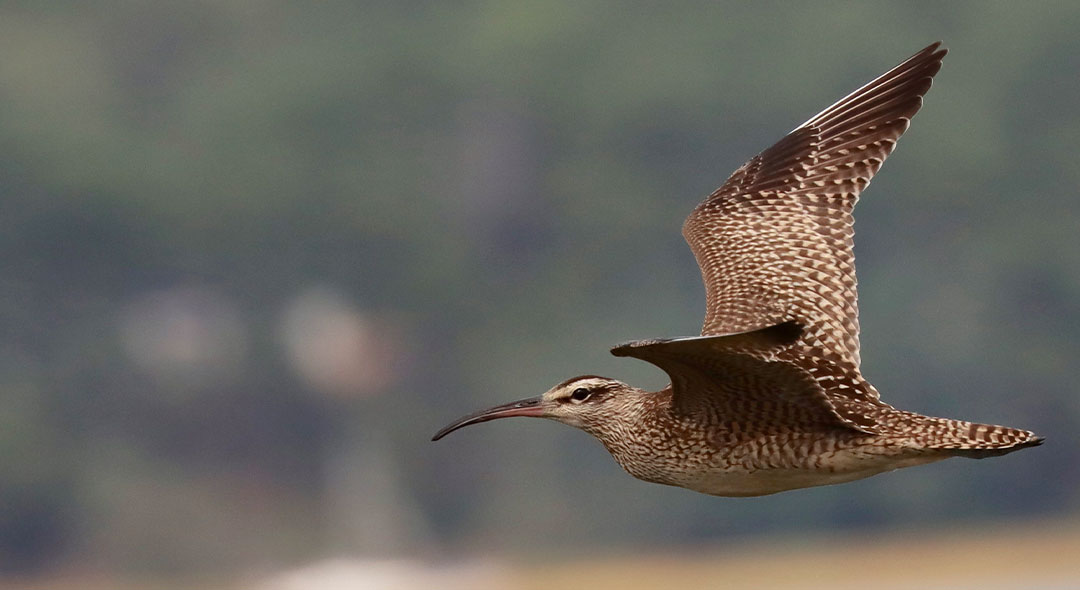Ospreys might be one of the most famous conservation success stories of all time, with populations dipping dangerously low during the mid-20th century due to pesticide use post World War II. Today, Ospreys have bounced back in huge numbers and can easily be found throughout the coastline during the spring and summer months here in New England. But, did you know that Ospreys are actually found on every continent except Antarctica and migrate tremendous distances, just like the landbirds and shorebirds our program staff study?
Dr. Alan Poole has been studying Ospreys for 35 years and has written two books on his work with the species. We sat down with him to talk about Ospreys’ amazing resurgence, thoughts on their future success, and what people can expect from his newest book, Ospreys: Revival of a Global Raptor. Dr. Poole will be sharing some of his research and insights about Ospreys on Tuesday, December 3 from 6—7:30PM at an event in Plymouth, MA, hosted by Manomet and Wildlands Trust.
Manomet: What interests you about Ospreys?
Alan Poole: Well, biologically they’re interesting because they’re the only bird of prey that live exclusively on live fish. They’re also one of the most widely distributed birds in the world, found on every continent except Antarctica. They also have tremendously long migrations—for instance, our U.S. populations migrate to northern South America during the winter months, and populations in Europe winter as far south as West Africa!
I think the other fascinating thing for me are their nests, which become landmarks for folks who live along the coast as they’re pretty hard to miss. And that brings us to their ability to recover from setbacks, or to find a foothold in the landscape that we humans have created, which is so unlike many birds that lose habitat as we move into an area. Believe it or not, Ospreys are actually gaining habitat because they’re gaining artificial nesting sites as we continue to develop more land. Everything from lamp posts to cell towers. Next time you’re on Route 95, I invite you to look at every cell tower you pass and nine times out of 10 there’s an osprey nest on the top of it.
Manomet: You have an excerpt in your new book about one of your first encounters with an Osprey. Can you share that with us?
AP: I was with my dad on a fishing trip in the Adirondacks, canoeing across one of the lakes there, and for the first time in my life I was able to see Ospreys hunting. They have this dramatic plunge as they dive into the water to catch fish, which is so unlike most other hawks that you rarely see catching prey. There are places along the coast that are now quite famous for Osprey gatherings in the late summer and early fall when they’re starting to migrate. And you can see dozens of Ospreys at a time grabbing fish out of coastal waters. So I feel very lucky to have been able to see it as a kid.





 Back to all
Back to all
